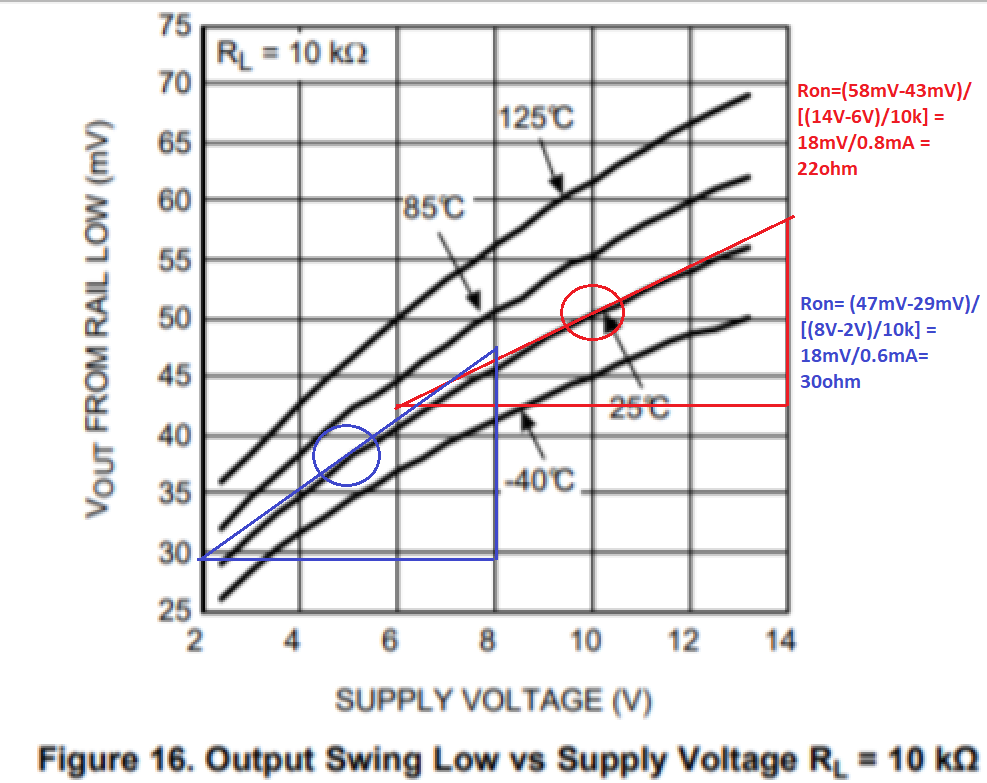Other Parts Discussed in Thread: OPA4340
Hi Team,
My customer would like to know footroom of LMV844 under very light load condition?
Do you have any date of that?
They expects to have 10mV or more footroom in almost no load condition
Also, In recent devices, this value has become very small, but what is the principle behind this?
Regards,
Takashi Onawa



